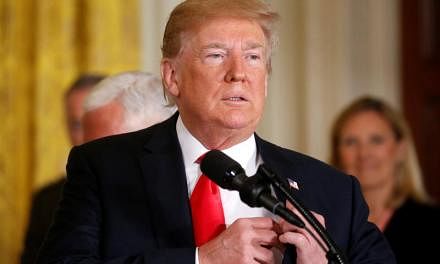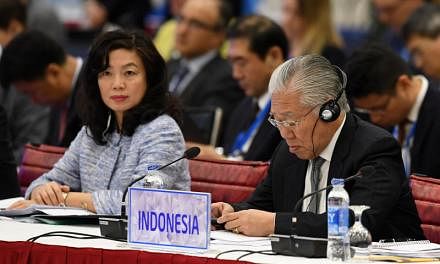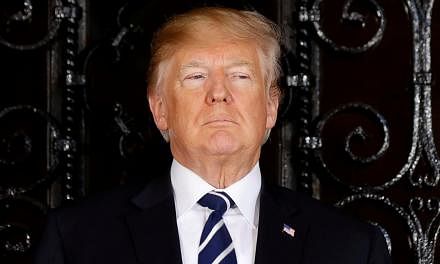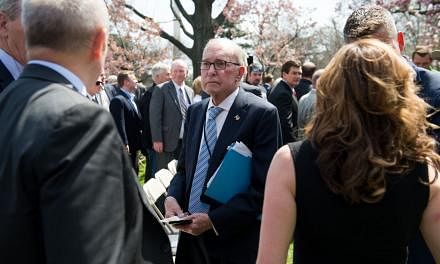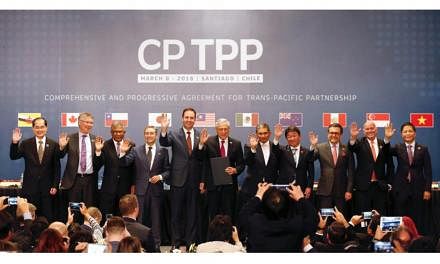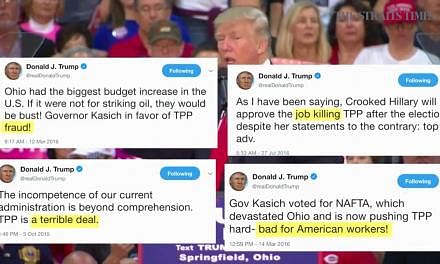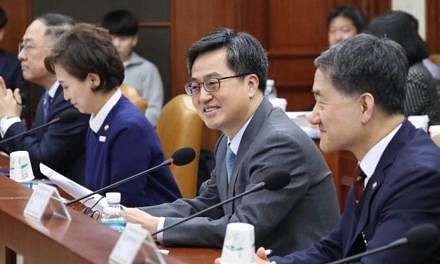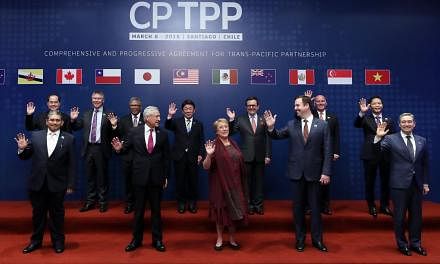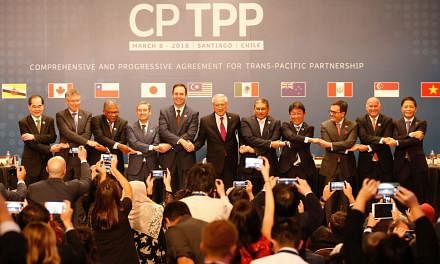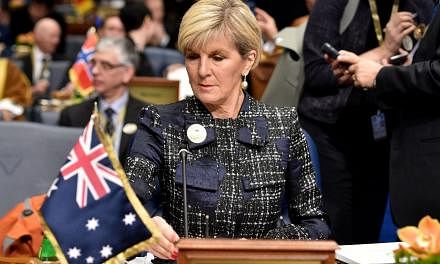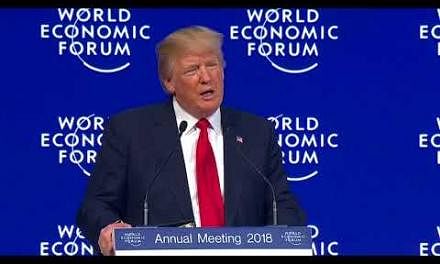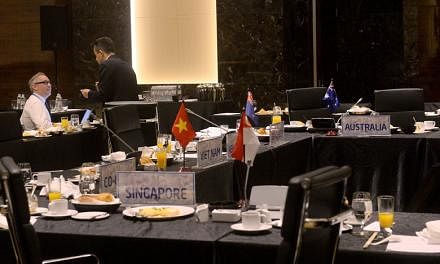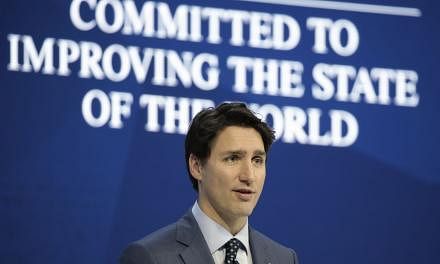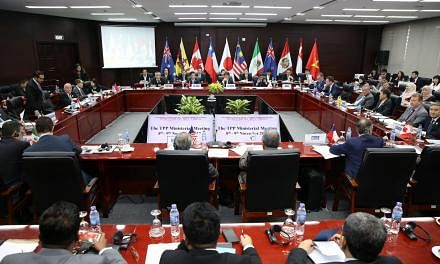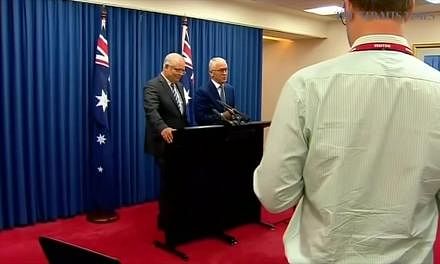US President-elect Donald Trump appeared to hand China an early win when he revealed plans to pull out of the Trans-Pacific Partnership (TPP) on Day One of his presidency.
His statement, made via a video released on Monday, has led to Asia watchers predicting that the move would result in more countries feeling pushed into signing up for the China-backed alternative, the Regional Comprehensive Economic Partnership (RCEP).
Mr Trump said he was going to issue a note of intent to withdraw from the TPP trade deal, which he called "a potential disaster for our country". Instead he said he would "negotiate fair bilateral trade deals that bring jobs and industry back".
In a short YouTube video spelling out his priorities, Mr Trump said he had ordered his transition team to draft a series of executive actions he could take on his first day at work to deliver quickly on his promises.
Apart from investigating visa fraud, he also promised to "cancel job-killing restrictions" on American shale energy and coal and create "many millions of high-paying jobs" for Americans. He also said he would rip up the TPP deal.
The stark declaration came just hours after Japanese Prime Minister Shinzo Abe said the TPP would be "meaningless" without the US.
Mr Abe told a parliamentary committee last week that if the TPP did not go through, it would be a pivot towards the China-led RCEP.
Yesterday, Japanese Chief Cabinet Secretary Yoshihide Suga did not comment on Mr Trump's promise to quit the TPP, but said Japan plans to take the lead in working to ensure the TPP takes effect as soon as possible, and would lobby other signatories to the pact.
New Zealand Prime Minister John Key reacted more bluntly. "The United States is not an island," he said. "It can't just sit there and say it's not going to trade with the rest of the world." Mr Trump made it clear he favoured bilateral pacts.
While the 11 other countries in the TPP may pursue their own deal without the US, the focus has also shifted to the RCEP, which includes the 10 members of Asean, plus China, Japan, South Korea, India, Australia and New Zealand.
Viewed as an alternative to the TPP, which excludes China and India, RCEP represents about 40 per cent of world trade, compared with the TPP's one-third.
Even if the 11 nations decide to go it alone, they face a major problem: At least six original signatories of the TPP representing 85 per cent of the total gross domestic product of the 12 original signatories are needed to ratify the agreement. This is not possible without the US, unless the TPP is amended.
"TPP will survive, but it will be a shadow of its originally intended self. With the absence of the powerful US economy, the accord's potential to boost growth and generate new markets will be limited," said Mr Michael Kugelman, a senior programme associate at the Asia Programme of the Wilson Centre in Washington, DC. With the US' withdrawal, its position in the region would be weakened and China would be emboldened, he said.
Business don Nguyen Quang Trung of RMIT University Vietnam said the US had lost the chance to play a leading role in the region: "We know the RCEP is not comparable to TPP in terms of the change it makes to regulations, but the tariff reductions could immensely help China have influence in the Asia-Pacific. That's not good for the Americans."
OPINION
US-Philippines: Economy bad, politics good
US-Indonesia: Growing distance new
US-Malaysia: Stuck in neutral gear
US-Thailand: Stagnation and missed opportunities
US-Myanmar: Loss of a white knight

